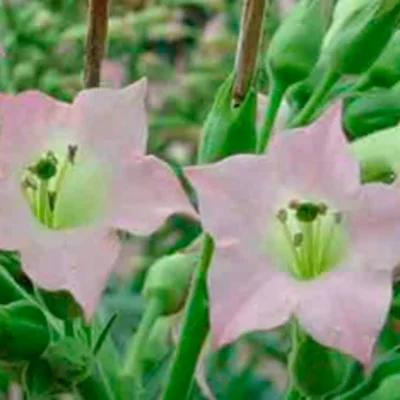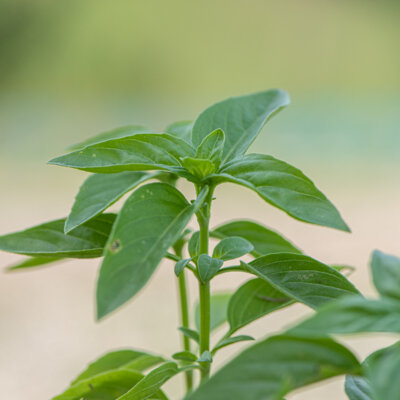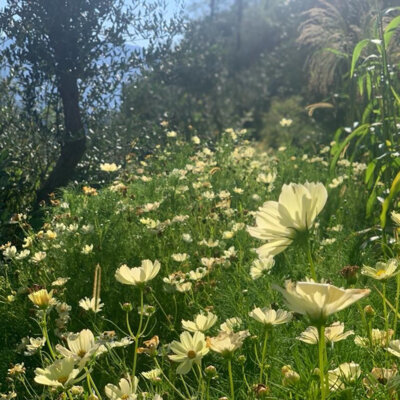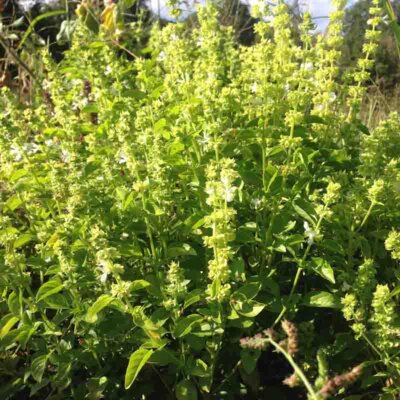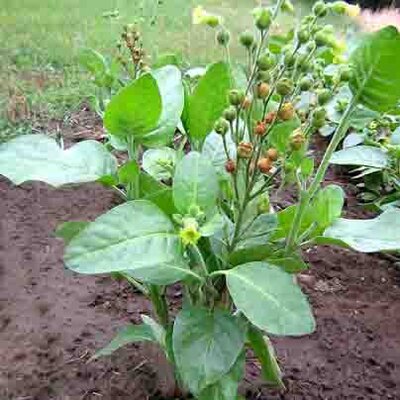
Caserta - Zucchini
This highly productive Italian variety produces around 30 light-green fruits with darker stripes and firm, excellent flesh!
WHAT ARE THE
WHAT ARE THE CHARACTERISTICS OF THE CASERTA ZUCCHINI?
The "Caserta" zucchini, a member of the Cucurbita pepo species, has a bushy habit and produces elongated fruits measuring 15 to 20 cm, light green with dark green stripes. The flowers are edible in salads or fritters.
HOW TO SOW CASERTA ZUCCHINI SUCCESSFULLY?
Caserta" zucchini seedlings can be sown in two ways:
- You can sow "Caserta" zucchini seeds in pots between March and April, placing 2 to 3 seeds per pot. Transplanting should take place 2 to 3 weeks after sowing in pots. Be careful not to sow zucchini seeds too early in the season, in which case the roots will become fibrous, making them difficult to develop in the vegetable garden. Keep seeds at a temperature of between 18 and 20°C until they emerge. Keep the substrate moist to help the seeds germinate.
- Sow outdoors, from April to July. To sow directly in the garden, wait until the last frosts have passed and choose a bright spot. In the vegetable garden, prepare holes filled with compost or organic matter 2 weeks in advance, spaced 1 m apart in all directions, to accommodate the zucchini seedlings.
HOW TO GROW CASERTA ZUCCHINI?
Stimulate zucchini plant development by hoeing and weeding. Keep the soil moist by mulching around the base of the plant. Water close to the base without wetting the leaves.
Sow companion plants to help the zucchini flowers develop, including plants such as basil and zinnias.
WHEN TO HARVEST CASERTA ZUCCHINIS?
Caserta" zucchinis are harvested from May to October. It's best to pick them immature. Be careful not to tear them off, but to cut as close as possible to the stem. The flowers can also be picked and eaten.
HOW TO STORE CASERTA ZUCCHINIS?
Freezing is an effective way of keeping zucchinis fresh. Simply cook them, then place them in airtight containers to freeze.
WHY DOESN'T MY ZUCCHINI PLANT PRODUCE FLOWERS OR FRUIT?
When a zucchini plant doesn't produce flowers or fruit, there may be several reasons.
High temperatures can prevent zucchini plants from producing and developing flowers, and therefore fruit. Poor pollination can also be the cause of fruit failure. It is therefore important to grow several zucchini plants together and attract pollinating insects to ensure good fertilization of the flowers.
HOW TO PRODUCE CASERTA ZUCCHINI SEEDS?
Here are the steps for producing zucchini seeds:
Choose the most beautiful zucchini plant: the one with the earliest fruit, the one with the most fruit, and so on.
Let the best zucchini from this plant mature on the ground. They will grow and their skin will thicken.
Wash the seeds to remove all pulp.
Let the seeds air-dry on absorbent paper or a plate for about a week.
Store the dried seeds in a paper bag or airtight container away from light and moisture.
The seeds are now ready to be used for sowing next year. But they can be stored for several years without any problem.
We've put together a Youtube video on zucchini seed extraction.
These products may also be of interest to you
in the ground, in bucket
Sow in pots at 18-20°C, 2 to 3 weeks before planting. Transplant with the root ball into the ground, after the last frosts, at a distance of 1 m in all directions. For sowing directly in the ground, sow after the last frosts when the soil is well warmed. Sow or transplant in planting holes filled with compost and prepared 2 weeks in advance.
March, April, May
April, May, June
May, June, July, August, September, October
in the ground, in the greenhouse
sunny
medium
humus
rich, furniture, heavy
Cucurbita pepo
mid-season
From 200 to 500 g
12 seeds
elongated
farm
Light green
edible
From 45 to 100 cm
From 15 to 20 cm
bushy
United States
1949
This variety won an award in the United States in 1949, when it was introduced by the University of Connecticut.
University of Connecticut
Very rich in minerals and fiber, zucchini offers a good balance between sodium and potassium, and has depurative, diuretic, laxative, nutritive and refreshing properties. It is also a source of vitamin B9 - useful for cell renewal - and vitamin C, known for its positive impact on the immune and nervous systems. It also contains antioxidants, essential for protecting the body's cells from free radicals.



